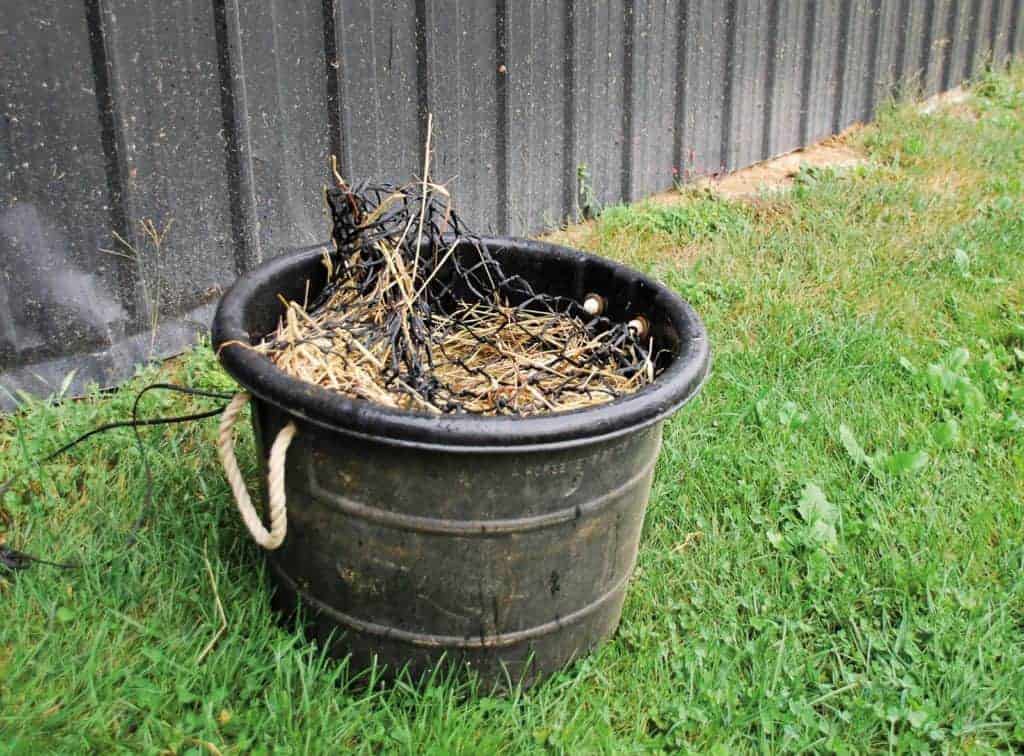Grayson-Jockey Club Funds Equine Research in 2015
Study topics include laminitis, foal pneumonia, stem cells, endometritis, joint issues, insulin resistance, and more.
Study topics include laminitis, foal pneumonia, stem cells, endometritis, joint issues, insulin resistance, and more.
The event, which is open to the public, will be held March 16 at 5:30 p.m. in Ocala, Florida.
Under the provision the official vet must observe a horse bleeding from one or both nostrils during or after the race.

Consider these factors when transporting horses afar, be it to a show or a new home.

By knowing what conditions certain horses are predisposed to, owners and breeders can take preventive steps.
Dr. Scott Weese studies microbial populations in the horses’ digestive tracts, infection sources and carriers, and more.

Of the 915 respondents, 233 (25%) said they remove wet spots and use shavings or another product to control stall odors.

Studies covered stem cells, nerve blocks, respiratory issues, joint supplements, kissing spines treatments, and more.

Researchers’ definition of this respiratory issue continues to evolve. Here’s what we currently know.

What’s the difference between heaves, COPD, RAO, and equine asthma? Dr. Laurent Couetil explains.
Diagnosed diseases include strangles, influenza, vesicular stomatitis, hendra virus, salmonellosis, and more.

Cold weather presents special challenges when it comes to managing horses. Learn about keeping your horses healthy and barn safe during the winter months.

Of the 755 respondents, 584 (77%) said they do not soak their horses’ hay.

Here’s a look at three health conditions to watch for during the winter that could negatively impact equine welfare.

Learn how vaccines can protect horses, why they’re important, and which ones your horse needs in our visual guide.

Keeping on top of changes to the equine influenza virus is critical to keeping vaccines up-to-date.
Stay on top of the most recent Horse Health news with
"*" indicates required fields